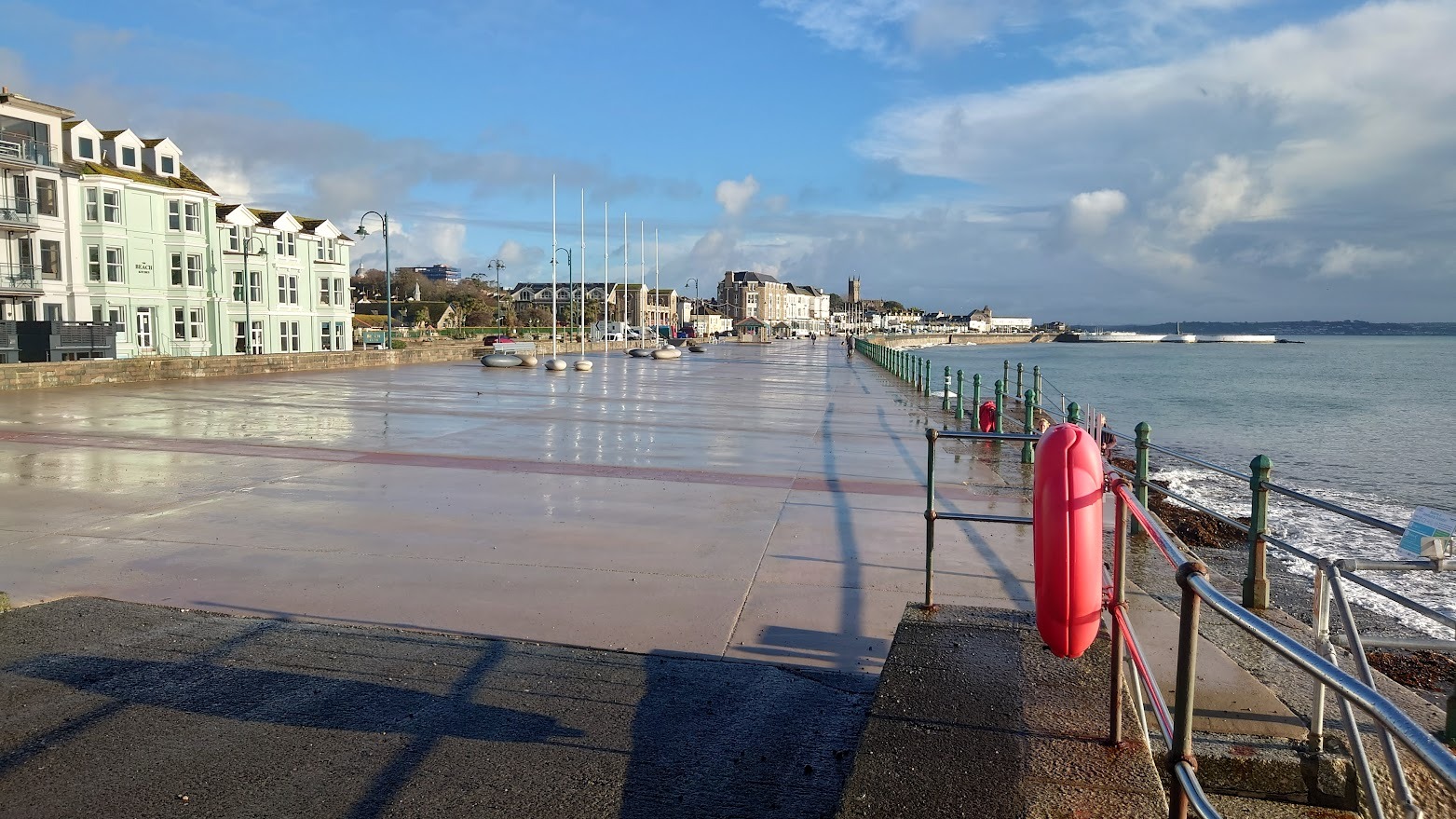
Observation and Forward Planning
12/12/2023
An exercise in giving yourself more time to find solutions
There are millions of dogs out there with humans at the end of their lead with various abilities and experiences, levels of training and understanding.
It feels like being on the road in your car with lots of drivers at different skill levels from newly passed to professional drivers, ones who are just ambling along and those on a mission. Just like driving on the road, to maintain our sense of well-being we have to consider not simply our own skills and how we behave, but the other ‘drivers’ and the environment around us.
Of paramount importance is our ability to look and plan as far ahead as possible, and doing this calmly rather than with over-vigilance and stress.
These are some of the things I talk about with clients every day, whether you have a new puppy, a reactive dog or a nervous rescue.
Technique is more important than speed
Recently a client commented how efficiently and calmly I reacted to a situation to protect her and her dog. I had moved normally for me, but I see how it might look. I had seen the potential issue arising, reacted to what I saw and moved myself in to a position that ended up with a better result.
I am very well practiced at this … I do it when with my own dogs and with clients, so it comes easy.
There are two phrases that come to mind, ‘practice makes perfect’ and ‘practice makes permanent’. I am not sure either really hit the mark because the world is changing all the time and you will need to adapt.
Practice those movements, your responses, what you might say and do, and that will release your ability to react efficiently.
Forward planning
By looking further ahead, we give ourselves more time to find solutions to any impending situations that we might encounter. A situation that we have no solution to has the potential to turn into a problem for ourselves and our dog.When you first start thinking about forward planning, one of the best ways to assess is to give yourself a running commentary of what is developing in front of you. Often I will do this when out with clients and ask them to do the same.This commentary should include as much detail as possible, such as changes in the road or path, widths, entrances, street furniture, as well as other people and dogs in the vicinity.
This commentary should happen at normal conversation speed.
If we can manage this, then we are travelling at a speed consistent with the conditions and our own abilities. However, if we find that our commentary is hurried or confused, then we may need to increase the distance of our point of observation, or alternatively reduce our speed.
Identifying potential hazards
 Fundamental to our ability to walk safely with our dogs is being able to process information that we encounter in the environment. There are clues everywhere.
Fundamental to our ability to walk safely with our dogs is being able to process information that we encounter in the environment. There are clues everywhere.
Primary hazards may be a moving object such as a car or bus, a person, a dog off lead, a dog on lead coming towards us, and so on.
A secondary hazard is everything else. For example a children’s playground, an open gate or a car that has just pulled up nearby, a barking dog in the distance or a ball thrower in a walker’s hand. The hazard in this situation may not be obvious and may not be apparent immediately, but by applying a degree of lateral thinking, it’s potential as a hazard will become clear.
Once we become aware of these potential hazards, we are in a better position to deal with them.
Slow down
More often than not, I suggest to clients that they slow down. This is not just for the benefit of their dog, but also for them so that they can take in the opportunities and threats in front of them.
To paraphrase, it is always better to be little late in this world than to put our dogs in to a situation that we do not have the ability or skill to help them in.
By slowing down we have more time to prepare.
Listen to your dog
If you are looking for clues about the world, listen to your dog. Your dog will tell you a lot about what is going on. Just today, I was walking out of our fields and suddenly Jess’ nose rose up sniffing the air. Moments later, my neighbour comes around the corner with her dog who Jess has a liking for. sniffing the air even through we don’t know what they might be sniffing at.
The environment talks. An open gate, a car noise, a person walking towards you - all of these your dog is likely to know about well before you.
Observation and forward planning is not an exercise in paranoia, but by taking the time to think about what may happen, to hone our own skills, to be aware, we can minimise what WILL happen.
Search
Hi, my name is Carolyn Boyd, welcome to my blog where I will adding postings including:
🐾 Top tips to help you with your dog.
🐾 Thoughts on mindset and how that can change the way we work with our dogs.
🐾 Case studies so you can understand a little more of the sorts of people and dogs I work with.
🐾 Behind the scenes on me and how I work.
🐾 Editorial articles giving an opinion on something either in the news or in my head.
You will also be able to find out more about how I work using kind and effective methods for both you and your dog.
Enjoy!
